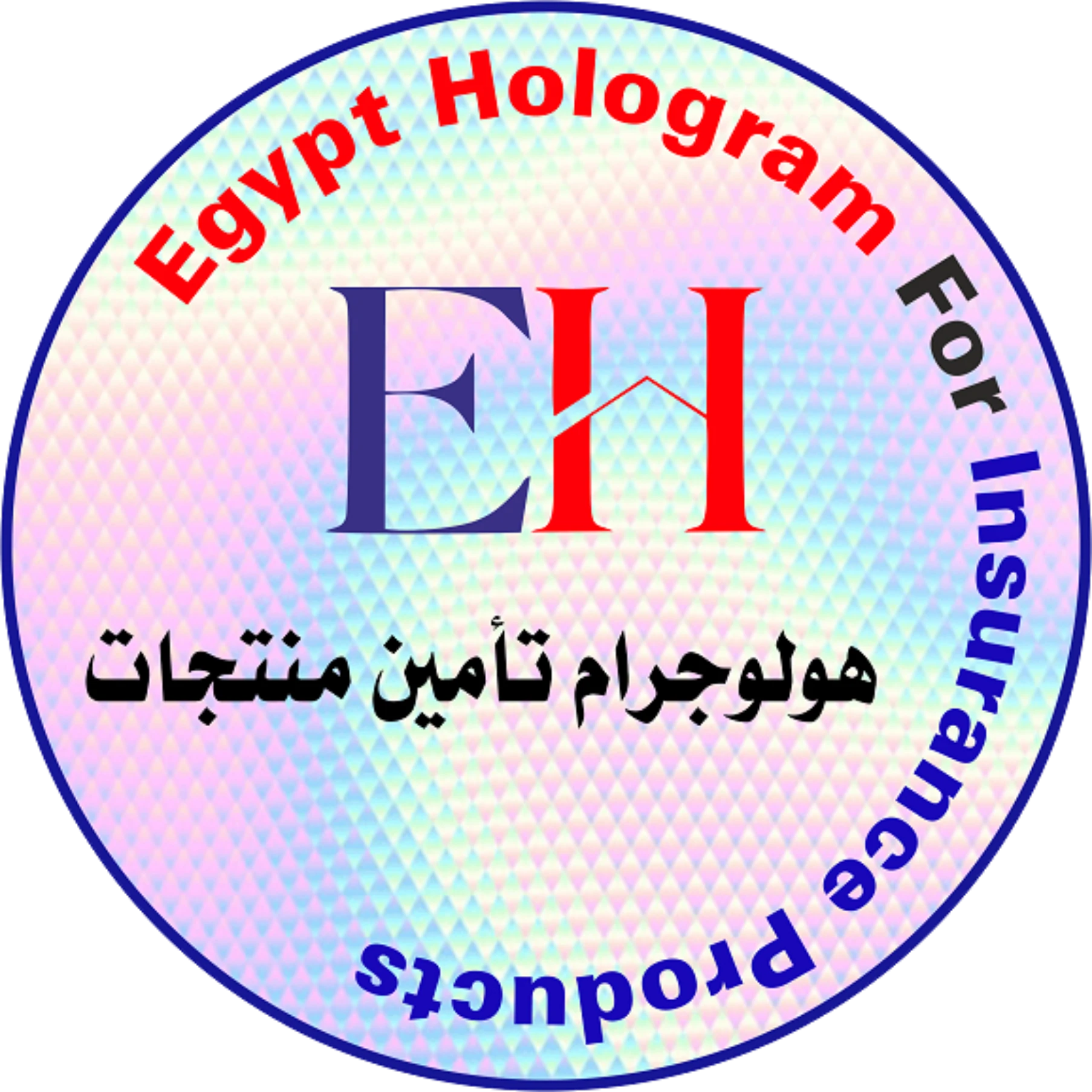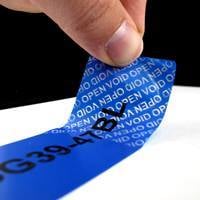Call Us : +201004992524
The global pharmaceutical industry is growing very fast and so is the increasing threat of counterfiet pharmaceutical products.To keep a check on this, we offer highly competitive pharma security labels which should be a must for every pharmaceutical industry to ensure that the product their customers are buying are authentic in nature.It is the question of someone’s health and life after all.Moreover, the holographic application is automated in nature such that no manual work is involved.We also have different hologram solutions specially for the pharmaceutical industry depending on their product and requirement.
Hologram pharmaceutical labels are a cutting-edge solution designed to enhance the safety, authenticity, and compliance of pharmaceutical products. These labels incorporate advanced security features like holograms, tamper-evident seals, and microtext, making it difficult for counterfeiters to replicate. They also ensure regulatory compliance by displaying critical information such as batch numbers, expiry dates, and dosage instructions.
Additionally, hologram labels can include unique identifiers like QR codes or RFID tags for real-time tracking and verification. They are durable, customizable, and visually appealing, aligning with the brand identity of pharmaceutical companies.
How are hologram pharmaceutical labels manufactured?
Hologram pharmaceutical labels are manufactured using advanced techniques to ensure security, durability, and authenticity. Here’s a general overview of the process:
Designing the Hologram: The process begins with creating a master hologram design using laser technology. This design incorporates intricate patterns, logos, or text that are difficult to replicate.
Embossing: The hologram design is transferred onto a metal plate or film using embossing techniques. This creates a mold for mass production.
Coating: The embossed film is coated with a reflective material, such as aluminum, to enhance the holographic effect.
Printing and Customization: The holographic film is then printed with additional security features like microtext, QR codes, or tamper-evident seals. These features add layers of protection against counterfeiting.
Lamination and Cutting: The holographic film is laminated onto the label material, which could be paper, plastic, or foil. The labels are then cut into the desired shapes and sizes.
Application: Finally, the labels are applied to pharmaceutical packaging using adhesive or heat-sealing methods.





















